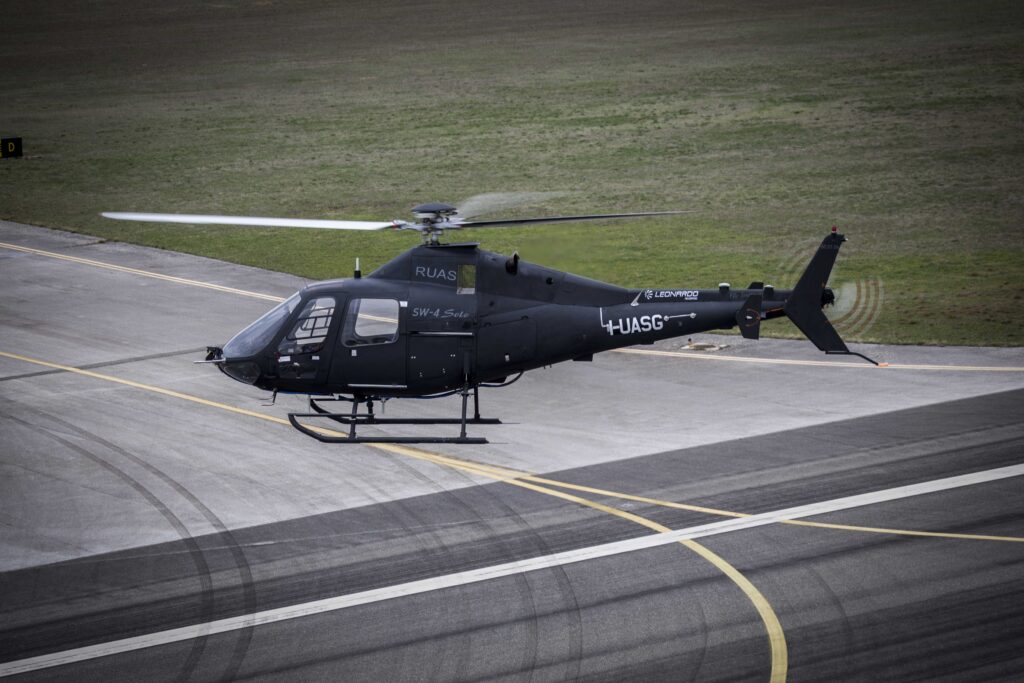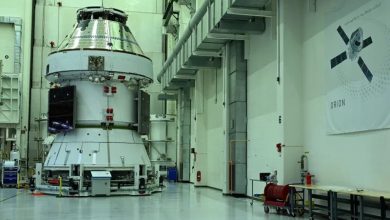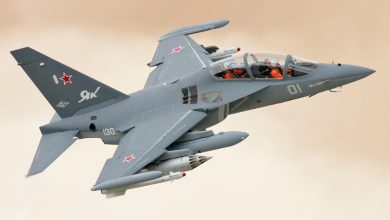
URANO is an innovative research initiative financed by the Italian Space Agency, bolstered by the technical expertise of ENAV, and executed by Telespazio in association with Leonardo
Ensuring sufficient safety standards and unmatched accuracy throughout every phase of flight utilizing satellite navigation technologies, especially Galileo, RPAS (Remotely Piloted Aircraft Systems), and UAS (Unmanned Aircraft Systems), seamlessly integrated into Italy’s national ATM – Air Traffic Management framework.

This embodies the objective of the URANO research initiative (the abbreviation signifies Uas/Rpas integrAti Nel sistema ATM NaziOnale, which translates to UAS/RPAS incorporated in the national ATM framework), showcased today at Grottaglie Airport (Taranto), financed by the Italian Space Agency (ASI) with technical backing from ENAV and brought to life by Telespazio – a consortium of Leonardo (67%) and Thales (33%) – in cooperation with Leonardo.
The initiative, presently in the flight testing stage, aims to encourage the integration of remote piloted aircraft exceeding 150 kg at takeoff into Italy’s national air traffic management framework, leveraging GNSS systems such as GPS, EGNOS, and Galileo for civil operations.
Telespazio and Leonardo, in collaboration with Planetek and Distretto Tecnologico Aerospaziale (DTA), executed the research through the design, development, verification, and validation of a prototype system aimed at experimenting with and illustrating the advantages of satellite navigation systems for drone missions integrated into the ATM network. ENAV rendered essential support through monitoring and technical assessments of operations.
Test flights were carried out using Leonardo’s remote-operated SW-4 Solo helicopter. This versatile manned/remote piloted demonstrator enabled the development and customization of instruments such as the Virtual Cockpit, an interface for overseeing GNSS performance during drone operations; the GNSS Monitoring Tool, which tracks navigation system efficacy in targeted geographic regions; and the integration of signals from the drone along with GNSS parameters directly on the platform utilized for air traffic management tasks.
The test flights and solutions were finalized and evaluated at Grottaglie-Taranto airport.
As part of the initiative, a prototype demonstrator was created based on a GNSS system employing a dual constellation configuration, capitalizing on the capabilities of the GPS/EGNOS system and the enhancements offered by Galileo, the European satellite navigation system. The acquired results underscore the significance of GPS/EGNOS and Galileo in ensuring safety levels appropriate for the services that can be offered using the craft.
Marco Brancati, Head of Innovation and Technological Governance at Telespazio, states: “The trial outcomes indicate the effectiveness of the prototype demonstrator’s performance, both when using GPS/EGNOS and with Galileo. The findings clearly demonstrate that engaging the constellations in a
multi-constellation configuration enhances the performance and integrity of positioning data, ensuring a satisfactory safety level aligned with mission and operational requirements.”
“Leonardo’s expertise in air traffic management and its capabilities in designing and developing remote piloted systems allow the company to contribute state-of-the-art technology and innovation to the URANO initiative,” remarks Laurent Sissmann, Senior Vice President of Unmanned Systems at Leonardo. “With our evolving systems, empowered by advancements in enabling technologies like Artificial Intelligence and Big Data, we can devise novel solutions that address the challenges of integrating drones into civil airspace.”
According to Roberto Formaro, Programme Director of the Italian Space Agency: “The URANO project is financed as part of the National Satellite Navigation Programme for Civil Aviation, established by the Italian Space Agency (ASI) and the National Flight Authorization Authority (ENAV), aimed at advancing technological and application developments arising from the deployment of satellite navigation within Air Traffic Management systems. This provides advantages in terms of enhanced traffic capacity, increased safety, and navigation precision. The tasks accomplished have already allowed for data gathering, operational insights, and recommendations to tackle future certification and standardization activities for integrating remotely piloted aircraft with air traffic control and management systems, even within controlled and unsegregated airspace. This effort is part of a broader collaboration between ASI and ENAV, which encompasses other projects that will continually view EGNOS and Galileo as essential enablers of certifiable services, emphasizing the safety and integrity of navigation data, enhancing the application of drones across various classes and operational uses.”
“A new course has been embarked upon by ENAV, namely Urban Air Traffic Management. We are focusing on the synergy between conventional traffic oversight and drone traffic management,” expresses Maurizio Paggetti, Chief Operating Officer of ENAV and CEO of D-Flight. “The ENAV Group is persistently investing in innovation to nurture the sustainable evolution of an essential yet strategic resource like airspace, ensuring safety while supporting the growth of new means and forms of aerial mobility.”






